Taking your organizational culture from good to great: Engaging employees during times of change
There’s great benefit in taking a good culture and making it even better. Most organizations have significant strengths to leverage in addition to the areas where they need to change. So instead of focusing on the broken, the toxic, and the dysfunctional, many successful organizations choose to take an alternative approach, one that builds on existing strengths and engages your organization’s most valuable resource — its people — to drive and manage culture change. Organizations that take this positive approach use several best practices.
1. Honor tradition, pioneer change
This mantra conveys a motivating and practical message: that you appreciate organizational strengths and yet also recognize the need to innovate. Standing frozen in time is not a viable response to dynamic shifts in the external environment. Affirm that key organizational strengths or capabilities — organizational mission, strong client service culture, or commitment to quality, as examples — will continue to be needed to sustain future success. Simultaneously, be as specific as possible about the targeted areas of change and to express confidence that, by working together, the organization will achieve success.
Standing frozen in time is not a viable option.
2. Create a compelling case for change
Clearly presenting the need for change creates a platform from which to launch new initiatives. We encourage organizations to be transparent in sharing the business case for change with employees. People are more likely to embrace change if they have a clear understanding of why it’s needed. This understanding creates a “pull” that leverages employee engagement, rather than a “push” that forces change. You can still be direct about the negative consequences of the organization failing to change, but don’t harp. Paint a realistic and positive picture of the organization as it successfully adapts to change. And, when possible, provide a concise roadmap of key areas of focus to help create alignment throughout the organization.
3. Leverage campfire stories
Each organization has past and current examples of how that organization has risen to challenges. Similarly, individuals have personal stories of how they’ve successfully managed change and overcome obstacles. Newcomers should also be encouraged to share their stories in the spirit of encouraging engagement and inclusion. For those who cling to the past, I’m reminded of one of our favorite quotes from a client: “You can visit pity city, but you can’t live there anymore.” Control the narrative by acknowledging that every individual has adjusted to change in the past. This creates an encouraging and positive mindset that the organization will be successful in adapting to change.
4. Map individual behavior to organizational objectives
Connecting individuals’ behavior with change initiatives is critical to the success of your efforts. Often, there’s great fanfare around launch activities, but if the initiatives don’t clearly illustrate to individuals how their behaviors can support change, the efforts fail. Ultimately, each member of the organization should be able to answer the question, “In my role, how can I best support these changes?” If managers, supervisors, and front-line contributors don’t have a specific answer to this question, they’re left scratching their heads about what went wrong and what to do differently going forward.
Often, there’s great fanfare around launch activities, yet these initiatives fail to connect the dots to how individual behaviors can support change and, ultimately, the efforts fail.
5. Relentlessly focus on catching people doing things right
Create local heroines and heroes who demonstrate desired behaviors that support culture change. Look for opportunities in speeches, social media, and formal organizational communication channels to celebrate early adopters. When communicating with different departments, use local examples of how that department has been successful in implementing change. Smartphones provide a quick, easy way to capture a photo that instantly creates local celebrities. Identifying and building on early successes help build traction and accelerate engagement at all levels. After all, who doesn’t like a little praise and attention now and then?
When communicating with different departments, use local examples of how that department has been successful in implementing change.
6. Recruit, engage, and galvanize formal and informal organizational leaders as change champions
When helping clients create internal change implementation teams, we always discuss the importance of three key roles since each participant wears three different hats. The scout role focuses on collecting information about how people in the organization are responding to change. The consultant role empowers participants to provide suggestions and alternatives for implementing change. The ambassador role serves a two-fold purpose: encouraging two-way dialogue and providing the opportunity to translate how broad overarching messages tie to specific individual behaviors. Champions who embody these three roles can be incredibly effective allies in creating culture change.
Chart an inclusive path forward
Use these best practices to lay an inclusive path forward and harness the power of engagement throughout your organization. For the many organizations whose cultures have significant strengths yet also need to change, this approach enables a more positive and encouraging process than an alarmist, scorched-earth campaign against a “toxic” culture. Instead, begin with the end in mind: creating an adaptive and resilient organizational culture that values and leverages organizational and individual strengths.


